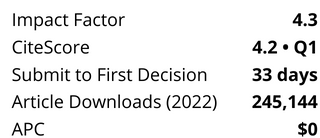Abstract
Gravity can play a beneficial role in certain water distribution networks (WDNs), although sometimes high nodal pressures occur. Excessive pressure may lead to several negative effects regarding the network's operation and life. Thus water utilities are obliged to implement pressure management (PM) policies. Instead of just ‘destroying’ energy using conventional measures, there are other PM options, like installing pumps working as turbines (PATs) that can recover energy at the same time. Hydro-turbines are widely used in small water energy production plants that produce electricity utilizing the water's kinetic energy. PATs are micro-turbines (compared to the usual ones) used in reverse mode to ordinary pumps. Installing a PAT aims to not only produce energy but also keep the pressure of the downstream pipe to a desired level. Pressure reducing valves (PRVs) are able to decrease pressure too, thus reduce also water losses. This study attempts to exploit every possibility of replacing a PRV with a PAT and check a PAT's ability to reduce pressure to acceptable levels as well as produce a significant amount of energy. Kozani's (Greece) WDN is used as the case study. Various scenarios were checked, utilizing the network's calibrated hydraulic model with intriguing results.




%20cropped.png?versionId=5947)